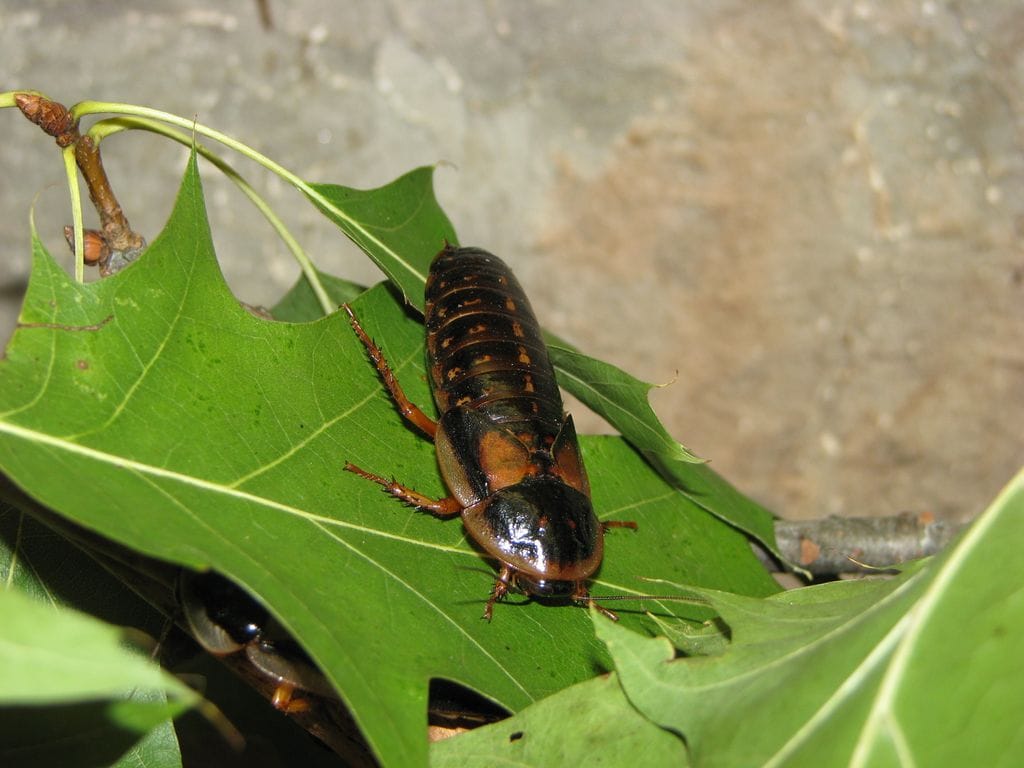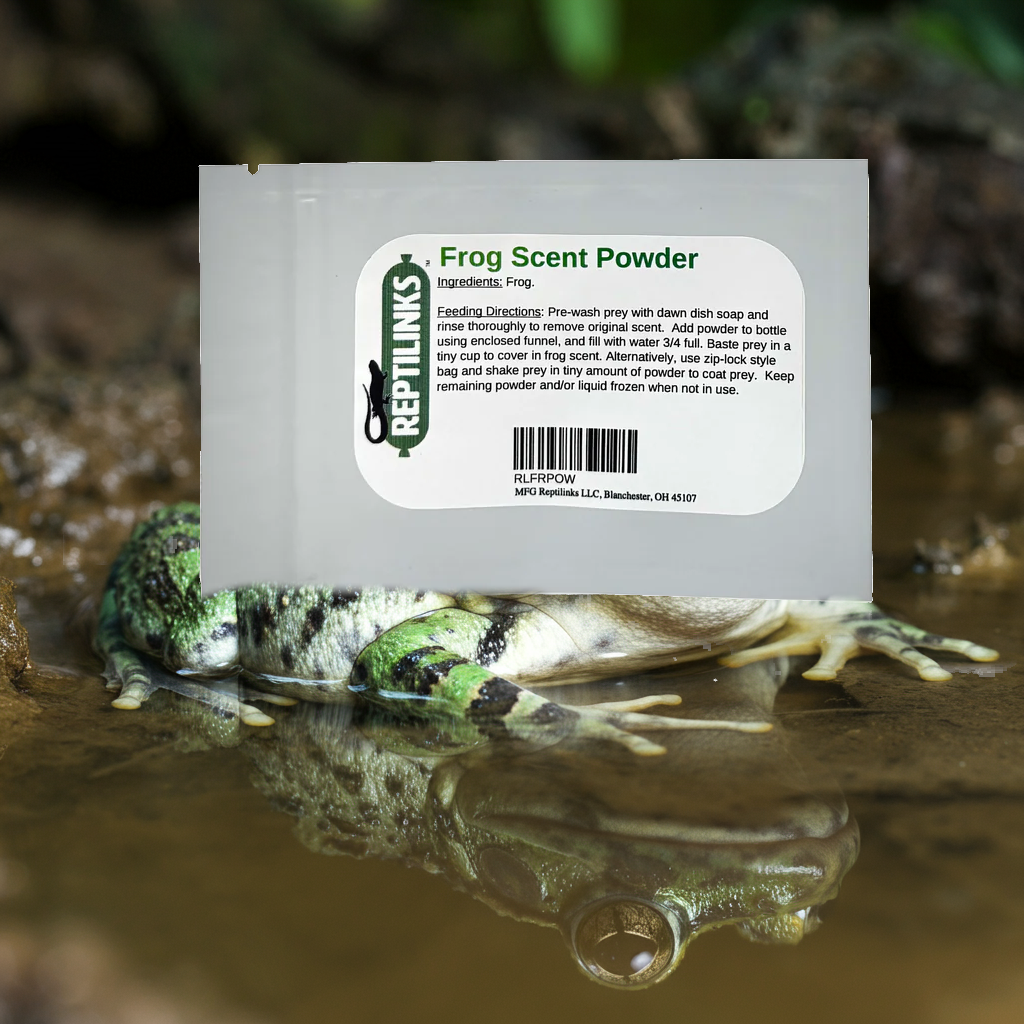Breeding Dubia roaches requires careful attention to detail and proper husbandry practices. In this comprehensive guide, we will explore the key aspects of breeding Dubia roaches, from selecting breeding stock to managing breeding conditions. By following these guidelines, you can ensure a successful breeding program and maintain a healthy colony of Dubia roaches.
Key Takeaways
- Select healthy adults with proper ratios
- Maintain optimal temperature and humidity
- Provide a balanced diet with supplements
- Monitor reproductive activity closely
- Address common breeding issues effectively
Selecting Breeding Stock
Choosing Healthy Adults
Selecting healthy adults is crucial for establishing a successful breeding colony. Look for active individuals with vibrant coloration and strong exoskeletons. Additionally, ensure that the roaches exhibit lizard adaptability to various environmental conditions. It's important to avoid individuals with signs of illness or deformities. The table below outlines the key characteristics to consider when selecting breeding stock:
| Characteristic | Description |
|---|---|
| Activity Level | High activity and movement |
| Coloration | Vibrant and uniform |
| Exoskeleton | Hard and intact |
- Maintain proper ratios of males to females to encourage natural mating behavior.
It is essential to prioritize the health and adaptability of the breeding stock to ensure a thriving colony.
Maintaining Proper Ratios
Maintaining proper ratios in a Dubia roach breeding colony is essential for successful reproduction. It is important to ensure a balanced ratio of males to females to prevent competition and stress. Additionally, providing an adequate number of hiding spots and nourishment is crucial for the well-being of the colony. Below is a table outlining the recommended male-to-female ratio for a healthy breeding colony:
| Stage of Colony | Male-to-Female Ratio |
|---|---|
| Growing Colony | 1:3 |
| Breeding Colony | 1:4 |
Proper ratios contribute to a harmonious breeding environment, leading to higher reproductive success.
Creating the Ideal Habitat
Temperature and Humidity Requirements
Maintaining the optimal temperature and humidity levels is crucial for the well-being of Dubia roaches. Inadequate conditions can lead to Gastrointestinal Symptoms in the breeding colony. Below is a table outlining the recommended temperature and humidity ranges for breeding Dubia roaches:
| Condition | Range |
|---|---|
| Temperature | 85-95°F |
| Humidity | 60-70% |
- Regularly monitor the temperature and humidity levels to ensure they remain within the recommended ranges.
It is important to note that fluctuations in temperature and humidity can have a significant impact on the breeding colony's health and reproductive activity.
Providing Adequate Space
Providing Adequate Space
Providing adequate space is crucial for the well-being and breeding success of Dubia roaches. A spacious environment allows for natural movement and reduces stress, leading to healthier breeding stock. It is recommended to provide at least 2 square feet of space per 100 roaches.
| Space Requirement |
|---|
| 2 square feet per 100 roaches |
Proper space allocation promotes healthy activity and development.
Adequate space is essential for the overall well-being of the roach colony and contributes to successful breeding.
Substrate and Nesting Materials
After ensuring the right temperature and humidity, it's important to provide adequate space and the proper substrate and nesting materials. The substrate should be a mix of organic materials, such as peat moss and coconut fiber, to create a suitable environment for the roaches to burrow and nest. Additionally, a variety of hiding spots should be provided to create a secure and natural environment. Here's a table to illustrate some suitable substrate and nesting materials:
| Material Type | Description | Use Case |
|---|---|---|
| Peat Moss | Retains moisture | Nesting material |
| Coconut Fiber | Provides texture | Substrate |
| Egg Cartons | Creates hiding spots | Nesting material |
Feeding and Nutrition

Balanced Diet for Breeding Adults
After selecting healthy adults and maintaining proper ratios, the next crucial step is to provide a balanced diet for breeding adults. This diet should include a variety of nutrient-rich foods such as fruits, vegetables, and high-quality protein sources. It's important to avoid overfeeding and ensure that the roaches receive the right amount of nutrition. Additionally, supplements and gut loading play a vital role in enhancing the nutritional value of the diet. The table below outlines an example feeding schedule for breeding adults:
| Day | Food |
|---|---|
| Monday | Fruits and Vegetables |
| Wednesday | High-Quality Proteins |
| Friday | Grains |
Supplements and Gut Loading
Supplements and Gut Loading
When it comes to supplements and gut loading, providing the right nutrients is crucial for the health and vitality of the breeding adults. This involves offering a variety of nutrient-rich foods and ensuring that they are properly gut-loaded to maximize their nutritional value.
| Nutrient | Purpose |
|---|---|
| Calcium | Supports exoskeleton development |
| Protein | Essential for growth and reproduction |
| Vitamins | Promotes overall health and immunity |
By focusing on these essential nutrients and staying vigilant against potential health threats, breeders can ensure the well-being of their roach colonies as well as their reptiles.
Feeding Schedule
After establishing a feeding schedule, it is important to consider the substrate options for the breeding habitat. Providing a variety of substrate options such as egg crates, cardboard, and paper towels can create a suitable environment for the roaches. Additionally, it is essential to introduce substrate options that promote nesting and molting. This can help maintain a healthy and stress-free breeding environment.
Managing Breeding Conditions

Monitoring Reproductive Activity
Maintaining a balanced diet and providing optimal conditions will contribute to the overall reproductive success of the roaches.
Optimizing Breeding Environment
In order to ensure the optimal conditions for breeding, it is important to focus on the environment in which the Dubia roaches are kept. This includes maintaining the ideal temperature and humidity levels, providing sufficient space for breeding, and offering appropriate substrate and nesting materials. By creating an environment that meets these criteria, breeders can encourage healthy reproductive activity and minimize stress on the roaches. Additionally, it is essential to monitor the breeding environment regularly to address any issues that may arise and maintain the well-being of the colony. A well-optimized breeding environment is crucial for the success of a Dubia roach breeding program.
Breeding Dubia roaches requires attention to detail and a commitment to providing the best possible conditions for the colony.
| Aspect | Details |
|---|---|
| Temperature | Optimal range: 85-95°F |
| Humidity | 60-70% relative humidity |
| Space | 1 square foot per 100 roaches |
| Substrate | Coconut fiber or egg flats |
| Nesting Materials | Cardboard or paper towel tubes |
Addressing Common Issues
When faced with common issues in the breeding process, it is important to address them promptly and effectively. One common issue is the presence of mold in the habitat, which can be harmful to the roaches. To tackle this, proper ventilation and regular cleaning are essential. Another issue is the occurrence of cannibalism, which may indicate overcrowding or stress. Observing the roaches' behavior and providing adequate space can help prevent this. Additionally, maintaining the optimal temperature and humidity levels is crucial for a successful breeding environment. It's also important to be aware of any signs of disease or illness in the colony. Regular monitoring and prompt action are key to ensuring the health and well-being of the roaches.
| Common Issues | Solutions |
|---|---|
| Mold in habitat | Proper ventilation and regular cleaning |
| Cannibalism | Observing behavior and providing adequate space |
| Temperature and humidity fluctuations | Maintaining optimal levels |
| Disease and illness | Regular monitoring and prompt action |
Addressing common issues is an integral part of breeding Dubia roaches. By being proactive and attentive to the needs of the colony, breeders can ensure a healthy and thriving population.
Conclusion

Summary of Breeding Process
After successfully managing the breeding conditions, it's important to also consider the nutritional needs of the Dubia roaches. A balanced diet for breeding adults is crucial, along with proper supplements and gut loading. It's also essential to establish a regular feeding schedule to ensure the health and productivity of the breeding stock. Additionally, monitoring reproductive activity is key to maintaining a healthy breeding environment. When addressing common issues, it's important to keep in mind the principles of reptile care.
Key Takeaways
After following the comprehensive breeding guide, it's important to remember the key takeaways. These include the importance of maintaining proper ratios, providing a balanced diet, and addressing common breeding issues. Remember, successful breeding requires attention to detail and a commitment to creating the ideal breeding environment.
| Key Takeaways |
|---|
| Maintain proper ratios |
| Provide a balanced diet |
| Address common breeding issues |
Successful breeding requires attention to detail and a commitment to creating the ideal breeding environment.
Frequently Asked Questions
What are the ideal temperature and humidity requirements for breeding Dubia roaches?
The ideal temperature for breeding Dubia roaches is around 90°F with a humidity level of 60-70%. Maintaining these conditions is crucial for their reproductive success.
How can I choose healthy breeding stock for Dubia roaches?
Look for adults that are active, have a good body condition, and show no signs of disease or deformities. It's important to start with healthy adults to ensure successful breeding.
What should be included in the balanced diet for breeding Dubia roaches?
A balanced diet for breeding Dubia roaches should include high-quality protein sources, fresh fruits and vegetables, and a variety of supplements to ensure optimal nutrition for both adults and nymphs.
How can I address common issues in the breeding environment of Dubia roaches?
Common issues such as overcrowding, mold growth, and temperature fluctuations can be addressed by maintaining proper cleaning and sanitation practices, providing adequate ventilation, and regularly monitoring the breeding habitat.
What are the key takeaways from the breeding process of Dubia roaches?
Key takeaways include the importance of maintaining optimal breeding conditions, providing a balanced diet, and addressing any issues promptly to ensure a successful breeding program.
What are some future considerations for breeding Dubia roaches?
Future considerations may include expanding the breeding operation, exploring new breeding techniques, and researching potential market opportunities for Dubia roaches and their offspring.






Comments